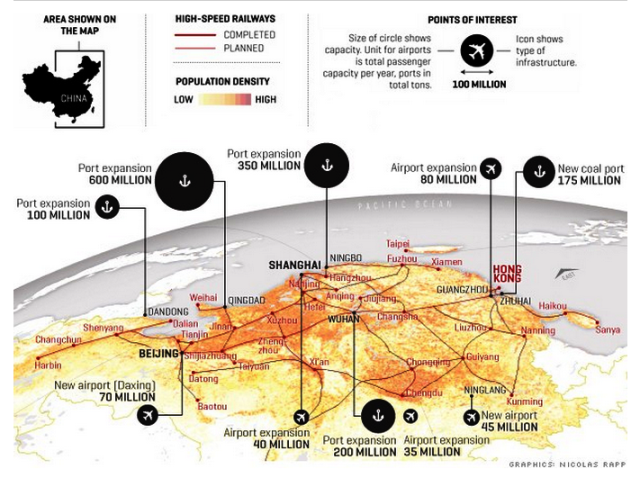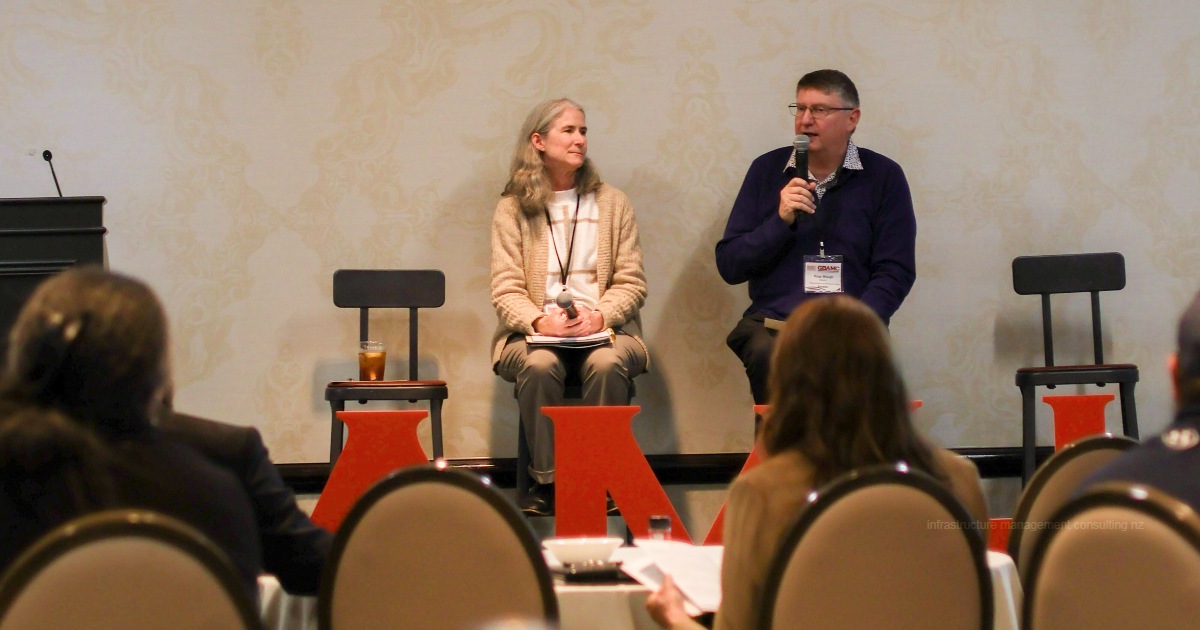In the previous Waugh Blog “China’s New Infrastructure – Building Roads on a Massive Scale“, I focussed on China’s massive road-building program.
As Fortune Magazine notes in its article, China is also building and developing a huge amount of rail, ports, and airports.
The massive scale and the speed of the build-out of this infrastructure have been staggering.
China went from having no high-speed rail in 2007 to the worlds largest high-speed rail network now with 9,300 km of track.
China plans to build nearly as much super high-speed rail track again by 2015.
The economic benefits of this infrastructure investment will be returned to China for generations.
The future infrastructure management challenges of large tranches of infrastructure requiring replacement at very similar times will be complex.
New Zealand had a major infrastructure construction phase following World War 2, during the prosperity of the 1950s and 1960s.
Similar infrastructure construction phases occurred in the USA, Canada, and Australia during this period.
Much of this infrastructure is now entering renewal phases and the early lessons from our infrastructure renewal are that there is a much higher degree of complexity and cost associated with renewing or replacing existing infrastructure when compared with building out completely new infrastructure.
This is because with the replacement of existing infrastructure service delivery must be maintained, and any replacement built around existing assets.
The higher level of complexity necessitates a higher level of planning, which has, in turn, lead to the on-going development of infrastructure management practice.





